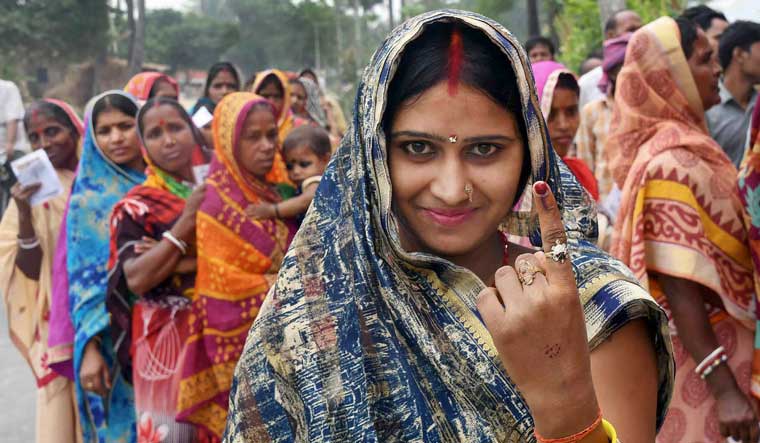Yes, the BJP won 303 by itself. Yes, the Congress and its allies only managed to win 90 seats. While this is accurate, a closer look into the numbers could provide some interesting inferences.
In Rajasthan, the BJP won every single seat its candidates contested by more than 2 lakh votes. Historically, Rajasthan has been hotly contested, with the Congress even winning the 2018 assembly election. In 2019, the BJP repeated their clean sweep of 2014, and managed to up their vote share to 58.5 per cent from 2014’s 54.5 per cent. Bihar, Haryana and Jharkhand were similarly swept away by the 'saffron wave'. In Gujarat and Maharashtra, too, the BJP enjoyed huge wins. In Gujarat, it won all the 26 seats with a vote share of 62.21 per cent, while in Maharashtra, it won 23 of the 48 seats, with its ally, the Shiv Sena winning 18.
also read
- Panel pulls up Centre for failing to give EVM-VVPAT tally data for 2019 Lok Sabha polls
- Defeated by BJP's EVM hacking, party sabotage: Congress candidate
- Gehlot in damage-control mode after blaming Pilot for Jodhpur loss
- 'Priyanka did her job, but party, workers could not rise to occasion'
- EVMs a must for democracy, can't be tampered with: BEL CMD
In Uttar Pradesh, the Samajwadi Party won five seats, with Akhilesh Yadav winning in Azamgarh by 2.5 lakh votes. The BSP won 10 seats, though none by such a high margin. Interestingly, one of the closest wins is also here. The Machhlishar seat was a close squeak for the BJP—they won by just 181 votes.
ALSO READ: BJP's huge victory margins this time a thing of envy for opponents
The northeast also painted an interesting picture. In Assam and Tripura, the BJP managed to win four constituencies—Dibrugrah, Gauhati, Lakgimpur and Tripura West—by a margin of three lakh or more, and four by more than two lakh. This is unprecedented, with Assam being dominated by the Congress until 2014, and Tripura by the CPI(M), again until 2014.
The BJP also swept states like Karnataka, where 10 of their candidates won by more than two lakh votes. In Bihar, 25 of the candidates fielded by the BJP and its allies won by more than two lakh votes, and three by more than four lakh votes.
In Odisha, the BJP massively improved their performance compared to 2014, winning six seats, and Jual Oram emerging victorious by 2.3 lakh seats in Sundargarh. They came a close second to the BJD in several contests, too.
The south continued to resist the 'saffron wave. Tamil Nadu was won by Congress ally, the DMK, quite easily, as the AIADMK is still finding its feet after the death of Jayalalithaa. DMK recorded massive victories in Dindigul and Sriperumbudur, winning by over four lakh votes, both of which were won in 2014 by the AIADMK. In Kerala, Rahul Gandhi made Wayanad his own, winning by a margin of over 4 lakh votes. The God's own country chose to put its trust in the Congress, with the UDF winning 19 of the 20 seats.
With inputs from Varun Ravikumar, Jishna S. Parimal, Megha Mariam Sajan, Hannah Mary Thomas, Chris Menachery.



